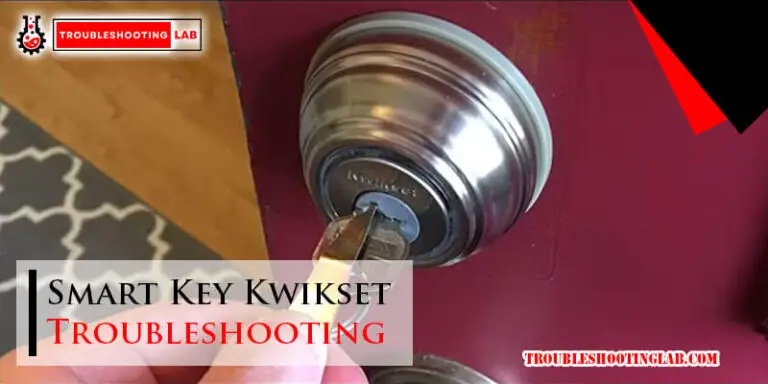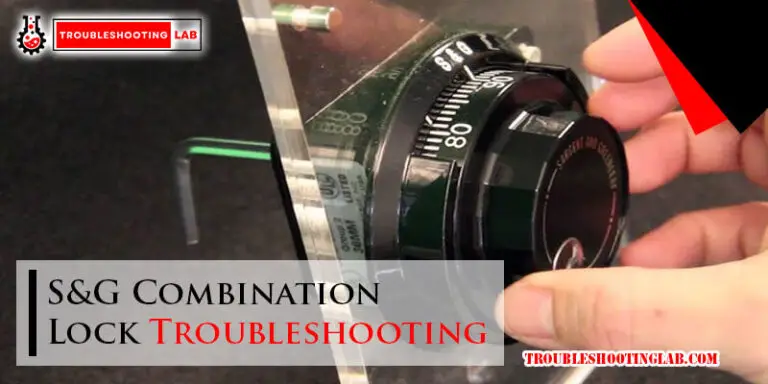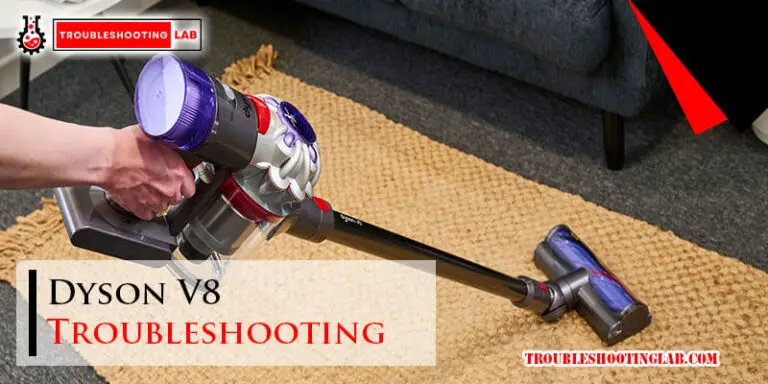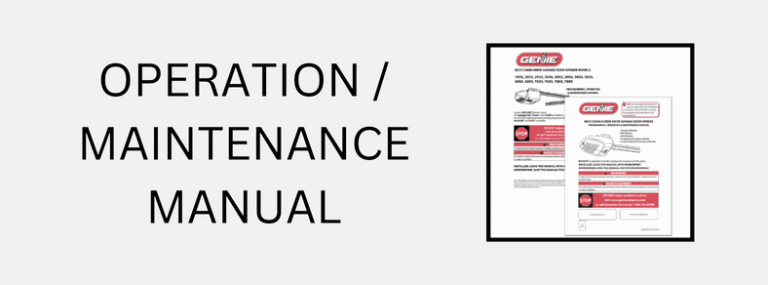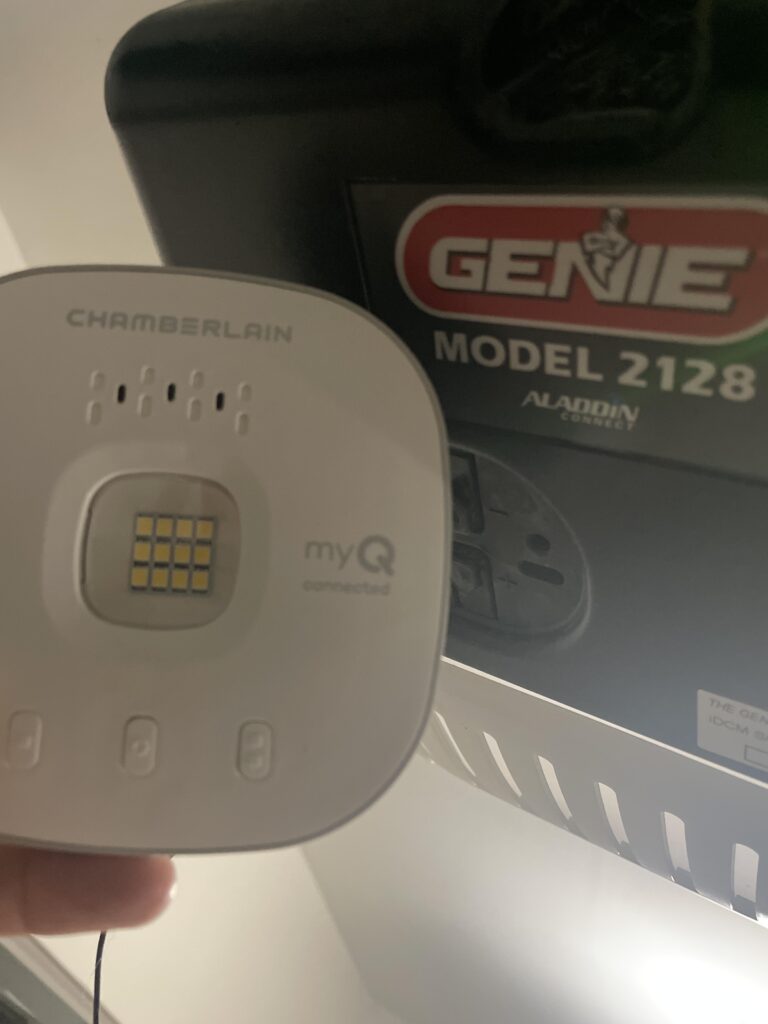Emerson Electric Food Waste Disposer Model 5 81 Troubleshooting Guide
Is your Emerson Electric Food Waste Disposer Model 5 81 acting up and leaving you frustrated in the kitchen? You’re not alone.
When your disposer stops working the way it should, it can feel like a real headache—especially when food scraps start piling up. But don’t worry. This guide is here to help you troubleshoot the most common issues step by step.
Whether it’s a jam, strange noises, or a complete shutdown, you’ll learn simple fixes to get your disposer running smoothly again. Stick with us, and by the end of this article, you’ll feel confident tackling the problem head-on. Ready to reclaim your stress-free kitchen? Let’s dive in!
Common Issues
Having a food waste disposer like the Emerson Electric Model 5-81 is a game-changer in your kitchen. But like any other appliance, it can run into problems. Understanding the most common issues can save you time, money, and frustration. Let’s break them down one by one.
Unit Not Turning On
If your disposer doesn’t turn on, it’s often a power issue. Start by checking if it’s plugged in properly. Sometimes the reset button on the bottom of the unit just needs to be pressed—give it a try.
Still no luck? Check your home’s circuit breaker. A tripped breaker can cut power to the disposer. It’s a quick fix if that’s the case.
If the problem persists, the issue might be with the internal wiring or motor. This may require professional repair or even a replacement.
Unusual Noises During Operation
Hearing grinding or rattling noises? This usually means something is stuck inside the disposer. Turn it off immediately and look down the drain with a flashlight.
Common culprits include small utensils, bones, or even fruit pits. Use tongs or pliers to carefully remove the object—never use your hand!
If the disposer is still noisy, it could be an issue with the blades or motor. In that case, a technician may need to inspect it.
Slow Drainage
Slow drainage often points to a clog in the disposer or drainpipe. Start by running cold water through the unit while it’s on. This helps flush out any minor blockages.
If water still pools, try using a plunger or a plumbing snake. Avoid chemical drain cleaners, as they can damage the disposer’s internal components.
Regularly cleaning the disposer with a mixture of baking soda and vinegar can help prevent future clogs.
Leaks From The Disposer
Leaks can appear at various points, like the sink flange, dishwasher connection, or bottom of the unit. First, identify the source of the leak. Look for visible water trails or damp spots.
If it’s leaking from the sink flange, tighten the mounting screws or reseal the flange with plumber’s putty. For leaks at the dishwasher connection, ensure the hose is properly secured.
Leaks from the bottom often mean internal seals are worn out. In this case, replacing the unit might be the best solution.
Which of these issues have you faced? Addressing them promptly can extend the life of your disposer and keep your kitchen running smoothly.
Safety Precautions
Maintaining safety is crucial when troubleshooting your Emerson Electric Food Waste Disposer Model 5 81. Mishandling can lead to injuries or damage to the device. Understanding proper safety precautions ensures a safe and efficient repair process.
Power Disconnection Steps
Always disconnect the power before inspecting or repairing the disposer. Locate the power switch or unplug the unit from the outlet. If the disposer is hardwired, shut off the circuit breaker. Double-check that the power is off to avoid accidental activation.
Handling Sharp Components
Disposers often contain sharp blades and edges. Use gloves to protect your hands from cuts. Handle all components gently to avoid injury. Avoid reaching inside the disposer without proper tools or safety precautions.
Avoiding Water Damage
Ensure the area around the disposer is dry before starting repairs. Water can pose an electrical hazard and damage internal components. Use a towel or cloth to wipe away excess moisture. Keep the unit disconnected from power when working in wet conditions.
Steps To Fix Power Problems
Is your Emerson Electric Food Waste Disposer Model 5-81 not turning on? Power issues are frustrating but often simple to fix. Let’s walk through some troubleshooting steps to get your disposer back in action. Follow these straightforward checks before considering professional help.
Reset Button Usage
Start by checking the reset button on the bottom of the disposer. It’s typically red and easy to spot. If it’s popped out, press it firmly until you hear a click.
Sometimes, the disposer trips its internal breaker when overloaded. After resetting, try turning the disposer on again. If it still doesn’t work, move on to the next step.
Inspecting The Power Cord
Unplug the disposer to inspect the power cord. Look for signs of damage like fraying or cuts. A damaged cord might be the reason your disposer isn’t powering on.
If everything looks fine, ensure the plug is securely connected to the outlet. A loose connection can disrupt power flow. Still no luck? Keep troubleshooting.
Testing The Wall Outlet
Check if the wall outlet is functioning properly. Plug in another small appliance, like a toaster or phone charger, to test it. If the new device doesn’t work, the outlet might be the issue.
Consider resetting your circuit breaker, especially if multiple outlets in the area are affected. If the outlet works but your disposer doesn’t, the problem likely lies within the unit itself.
These steps are often enough to resolve basic power issues with your Emerson Electric Food Waste Disposer. Did one of these tips fix the problem for you? Let me know in the comments below!
Resolving Noise Issues
Is your Emerson Electric Food Waste Disposer Model 5 81 suddenly making unusual noises? A noisy disposer can be frustrating and even alarming, but it’s often a sign of a simple issue that you can fix. Let’s dive into some practical steps to quiet down your disposer and get it back to working smoothly.
Clearing Jammed Materials
One of the most common causes of noise is jammed food or other materials. First, make sure the disposer is turned off and unplugged for safety. Use a flashlight to inspect the disposal chamber for any visible debris.
If you spot something stuck, use tongs or pliers to carefully remove it. Never use your hand to reach inside the disposer. Once cleared, turn the unit back on and check if the noise has stopped.
Inspecting Internal Components
If clearing out debris doesn’t solve the issue, there might be a problem with the internal components. Start by using the disposer’s reset button, usually located at the bottom of the unit. Press it firmly to reset the mechanism.
Still noisy? Check the impellers (the small metal pieces that spin to grind waste). If they seem loose or misaligned, it could be causing the noise. Tightening or realigning them might do the trick, but consult your user manual for guidance specific to your model.
Replacing Damaged Blades
Damaged or worn-out blades are another potential source of noise. If you notice grinding or rattling sounds, it may mean the blades are dull or bent. Unfortunately, blades are not typically repairable and will need replacing.
To replace blades, you’ll need to purchase compatible parts for the Model 5 81. Follow the instructions in your manual or contact a professional if you’re unsure. Once the new blades are installed, your disposer should run as quietly as when it was new.
Does your disposer still seem louder than expected? Sometimes noise can indicate a larger issue, like motor trouble. If the above steps don’t resolve the problem, it may be time to consult a technician or consider a replacement unit.
Addressing Drainage Problems
Drainage problems in your Emerson Electric Food Waste Disposer Model 5-81 can disrupt its functionality. Proper troubleshooting ensures smooth operations and prevents standing water or foul odors. Regular maintenance and a few simple steps can resolve most drainage issues effectively.
This section outlines practical methods to address common drainage problems. Follow these steps carefully to restore your disposer’s efficiency.
Removing Clogs In The Drain
Clogs are a frequent cause of drainage problems. Food particles or debris can block the drain, slowing water flow. Start by turning off the disposer and disconnecting its power source for safety. Use tongs or a wooden spoon to remove visible debris inside the disposal opening.
Next, pour hot water mixed with dish soap down the drain. This helps loosen grease and break down smaller blockages. Avoid using boiling water, as it may damage plastic pipes. If the clog persists, consider using a plunger to create suction and dislodge the blockage.
Checking The P-trap
The P-trap is a curved pipe under the sink that often traps debris. Place a bucket beneath it to catch any water before disconnecting. Carefully unscrew the P-trap and inspect it for clogs or buildup. Use a stiff brush or warm soapy water to clean it thoroughly.
Once cleaned, reattach the P-trap securely and run water to test for improved drainage. Ensure all connections are tight to prevent leaks. Regular inspection of the P-trap minimizes future drainage problems.
Using A Plumber’s Snake
A plumber’s snake is effective for clearing stubborn clogs further down the pipe. Insert the snake into the drain and rotate it to break up blockages. Push it gently to avoid damaging the pipes. Pull it back out slowly to remove debris caught on the tool.
After clearing the blockage, flush the drain with warm water to ensure smooth flow. Using a plumber’s snake occasionally can help maintain your disposer’s drainage system. It’s a handy tool for tackling tough clogs.

Credit: www.youtube.com
Fixing Leaks
Leaks in your Emerson Electric Food Waste Disposer Model 5 81 can be frustrating, but fixing them is often easier than you might think. A leaking disposer not only wastes water but can also lead to unpleasant odors and potential damage to your cabinet. Let’s look at three key areas you should check to get those leaks under control.
Tightening Connections
Loose connections are one of the most common causes of leaks. Start by checking the drain pipe connections and the dishwasher inlet hose. If you notice any looseness, use a wrench or screwdriver to tighten them securely.
Don’t forget to inspect the mounting assembly where the disposer connects to the sink. Ensure the screws or mounting ring are snug and secure. A slight turn of the tool might be all that’s needed to stop the leak.
Before tightening, wipe the area dry and test for leaks by running a small amount of water. This helps you confirm if the issue is resolved.
Inspecting The Sink Flange
The sink flange, which holds the disposer to the sink, can sometimes develop gaps or wear over time. If you notice water pooling around the flange, it’s time for a closer look.
Turn off the disposer and remove it carefully to inspect the flange. Check for old, cracked plumber’s putty or any misalignment. Clean the area and reapply fresh plumber’s putty to create a tight seal.
Reattach the disposer, ensuring the flange sits flush against the sink. Test the repair by running water and checking for any signs of leakage.
Replacing Damaged Seals
Worn-out seals can also be a culprit behind leaks. Inspect the rubber gaskets or O-rings around the disposer and drain connections. If you see cracks or thinning, it’s time to replace them.
Purchase the right-sized replacement seals for your disposer model. You can find these at most hardware stores or online. Carefully remove the old seal, clean the area, and fit the new one into place.
Once replaced, run water through the disposer to check for any residual leaks. A new seal can make a noticeable difference in preventing water from escaping.
Taking these steps can save you time, money, and the headache of dealing with leaks. Which connection or seal will you check first? Let us know in the comments below!
Maintenance Tips
Proper maintenance extends the life of your Emerson Electric Food Waste Disposer Model 5-81. Regular care ensures smooth operation and prevents common issues. By following simple maintenance tips, you can keep your disposer performing efficiently and avoid costly repairs.
Regular Cleaning Methods
Clean the disposer weekly to remove food buildup and odors. Pour half a cup of baking soda into the unit, then add one cup of vinegar. Let the mixture sit for 5 minutes. Rinse with cold water to flush out debris. Use a brush to scrub the rubber splash guard for extra cleanliness.
Avoiding Hard-to-grind Items
Prevent damage by avoiding bones, fruit pits, or fibrous foods like celery. Hard items can dull the blades and reduce efficiency. Dispose of grease and oil in the trash instead of the unit. These materials can clog pipes and cause drainage problems.
Using Cold Water During Operation
Run cold water while grinding food to solidify grease. Cold water helps the disposer chop waste effectively and prevents overheating. Avoid using hot water during operation, as it can soften grease and cause clogs.

Credit: www.insinkerator.com
When To Call A Professional
Understanding when to call a professional is crucial for effective troubleshooting. The Emerson Electric Food Waste Disposer Model 5 81 is reliable. Yet, some issues may require expert assistance for proper resolution. Here’s a breakdown of situations that indicate professional help is needed.
Recurring Issues
Frequent clogs or jams might signal deeper problems. Simple fixes may not resolve the root cause. If the disposer repeatedly fails after basic troubleshooting, it’s time to call a technician. Ignoring recurring problems can lead to further damage.
Major Component Failures
Broken blades or motor failure often need professional repair. These parts are critical to the disposer’s functionality. Attempting DIY repairs on major components can void the warranty or cause harm. Professionals have the skills to handle such repairs safely.
Warranty Considerations
Repairing the unit yourself might void the warranty. Always check the warranty terms before making any repairs. Authorized technicians ensure repairs comply with warranty conditions. This protects your investment and keeps the unit covered.

Credit: www.youtube.com
Conclusion
Troubleshooting the Emerson Electric Food Waste Disposer Model 5-81 can be simple. Follow the steps carefully to identify and fix common issues. Regular cleaning and proper use will keep it running smoothly. Avoid overloading or disposing of hard items to prevent damage.
If problems persist, consult the user manual or seek professional help. A well-maintained disposer saves time and effort in the kitchen. Keep it in good condition for better performance and longevity. Stay proactive with maintenance to avoid unnecessary repairs.


